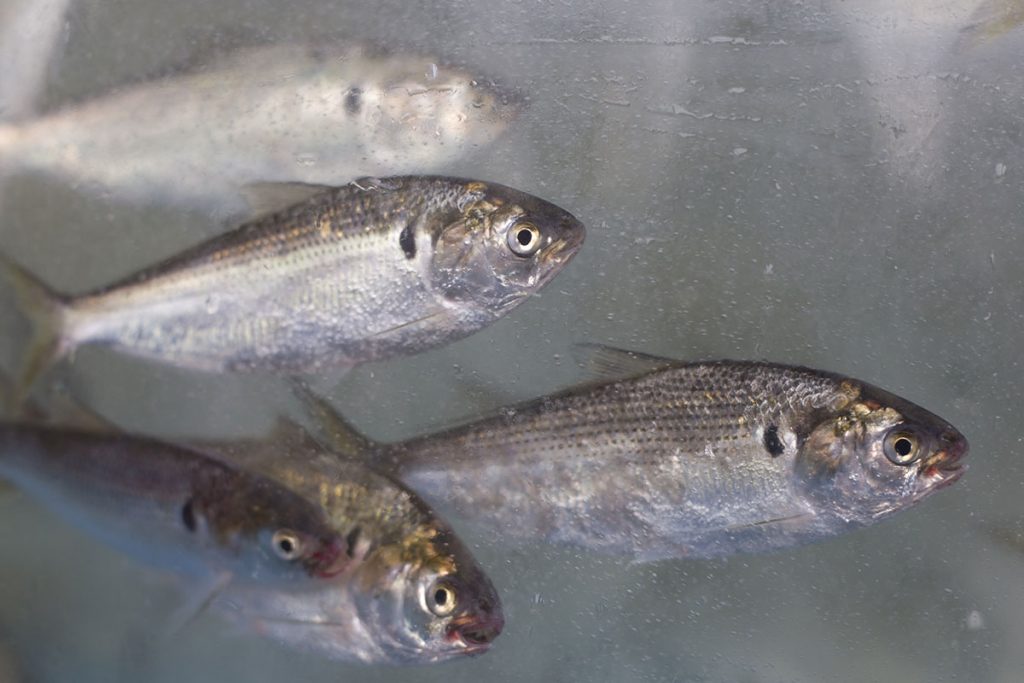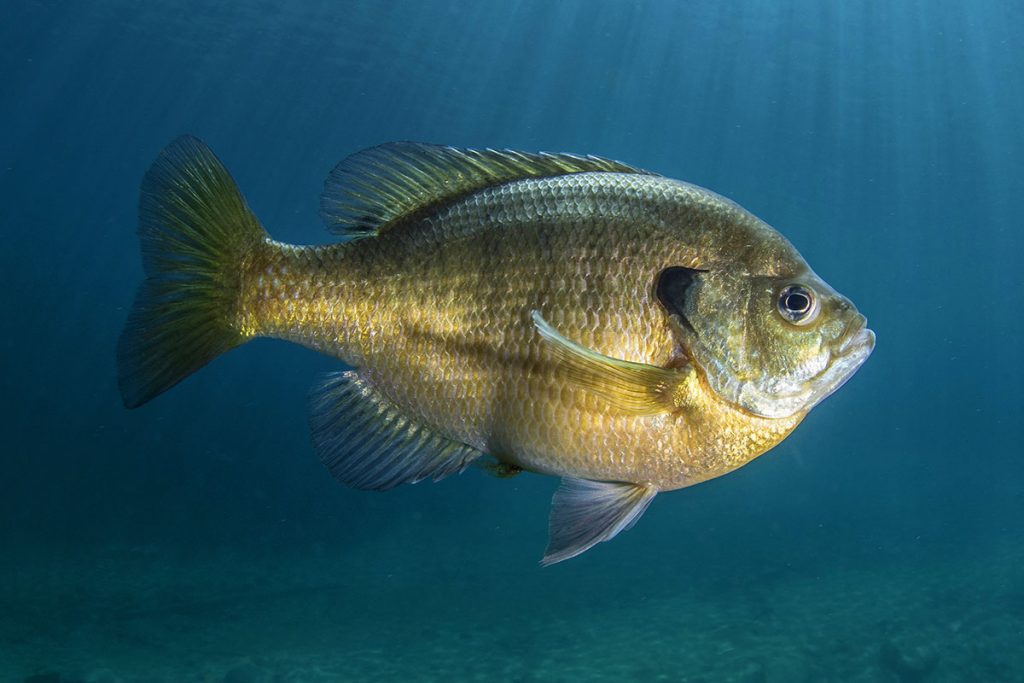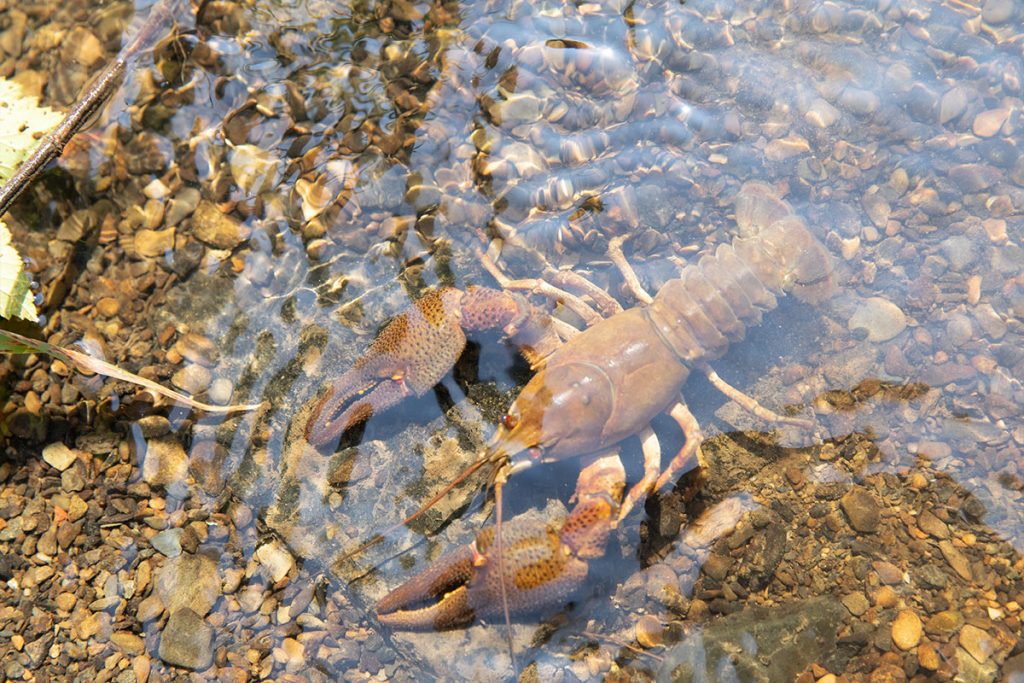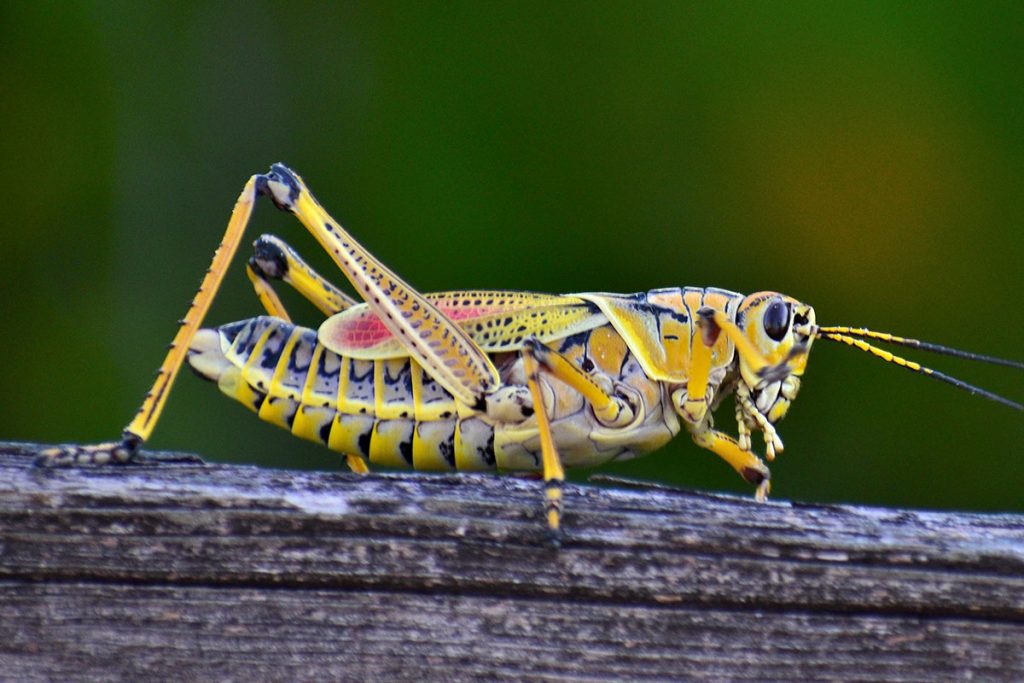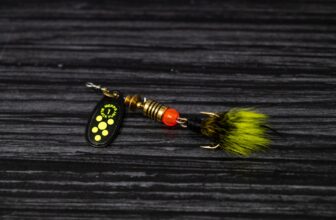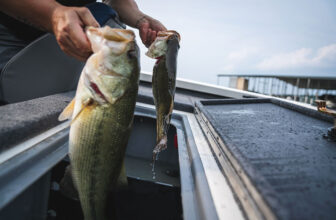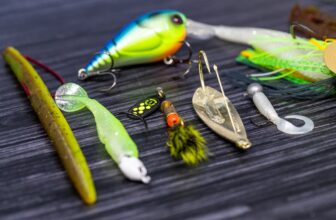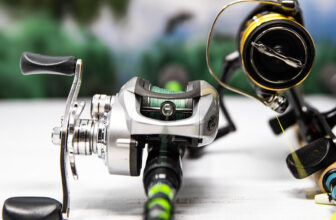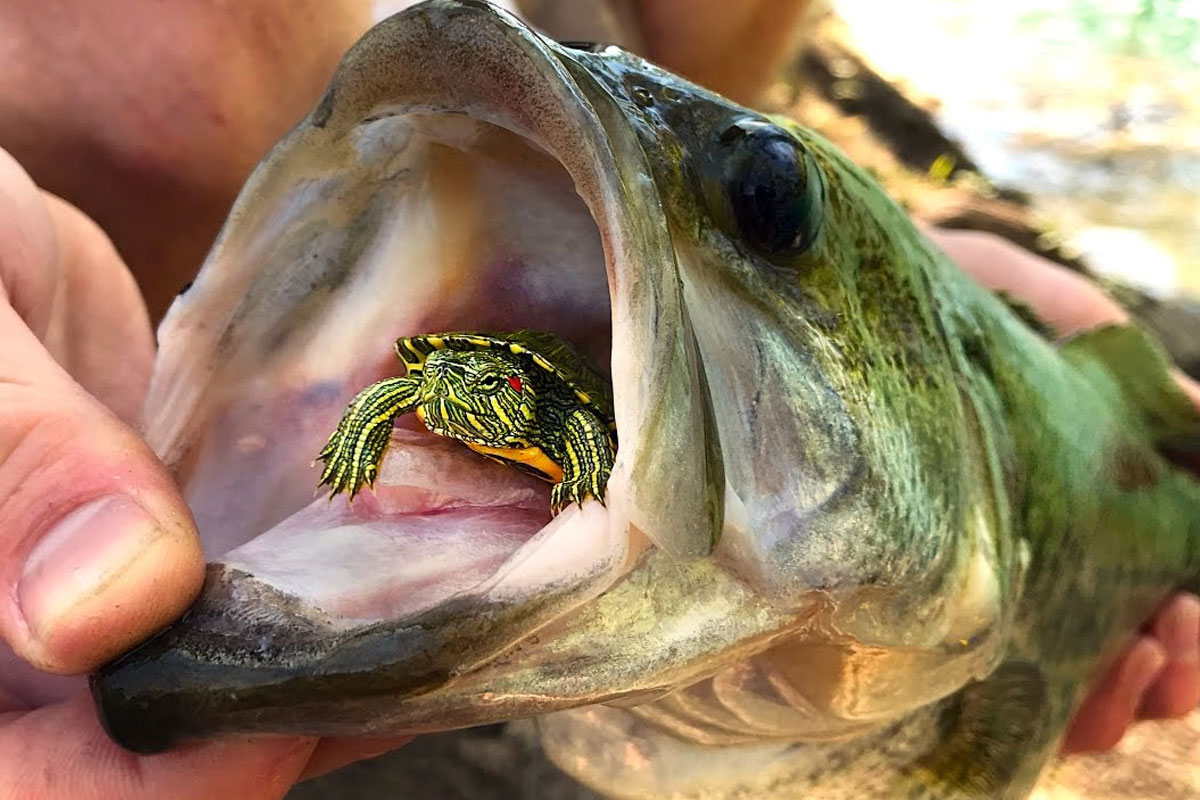
Bass are known to be opportunistic feeders that will eat nearly anything they are capable of catching at certain times of the year. To answer the question of what do bass eat usually depends on a number of factors that include weather patterns, water temperatures, spawning activity and much more. In most cases, bass are not known to be very picky eaters and will devour almost anything they are able to fit into their mouth.
Having a basic understanding of what bass eat at specific times of the year will greatly improve your ability to successfully catch them using a number of different lures and techniques. There are a few methods you can use to ensure that you have the best chance of mimicking the visual appearance and movements of what bass want to eat at different times of the year.
If you want to learn more about what bass eat and how you can use this knowledge to catch bigger fish on a consistent basis, keep reading.
Feeding Patterns and Climate
When it comes to understanding what bass are normally going to eat, it’s important to pay close attention to the weather patterns and how the diet of a bass might change throughout the year. During the warmer months of spring and summer, there is an abundance of insects, smaller fish, lizards, worms and other creatures that bass will take the opportunity to eat if given the chance.
Most fish will not hesitate to eat any type of insect that happens to land on the surface of the water. In fact, bass are usually going to be hanging out near the shallow sections around the edge of the lake or river during the warm months out of the year because this is the best spot to catch insects and other prey that wander into the bass’ territory.
When the water temperature shifts and starts to cool, bass will turn their attention more toward smaller bait fish such as shad or minnows. This is simply because there are less insects and other creatures available and bass are more likely to find a meal by lying in wait in certain locations and ambushing their prey. It’s also true that bass will eat crawfish and any other creature they happen to find in deeper water when the temperature cools down.
What Do Bass Eat
The following sections will explain what bass usually eat and when they normally look for these types of creatures in their habitats. If you have a good understanding of how to mimic these different creatures and what lures and tactics to use, you’ll be able to greatly increase your catch rate, as well as the quality of fish you land.
Shad
In bigger lakes throughout the United States, there’s probably no other prey that bass feed on more than shad. These small bait fish swim in schools of hundreds or even thousands at a time for much of the year and bass will stage in certain areas of the lake where they can ambush or chase shad for an easy meal.
Bass usually go after shad during the mild months out of the year during fall and spring when water temperatures are cooler and less extreme. During these times, anglers can capitalize on the fact that bass are looking to feed on shad by looking for them on fish finders and using the right kinds of lures.
Crankbaits, spinnerbaits and lipless cranks are great choices of lures to throw when bass are feeding on shad. These lures work very well close to cover because bass will often lie in wait and ambush a lone shad that comes within striking distance.
Bluegill
In smaller ponds and rivers, bluegill are often the top menu item for big bass. They are a meaty fish that provides a significant amount of nutrients and protein, which can sustain a bass for a decent amount of time. In bodies of water that have very healthy bluegill populations, you can almost always expect to find trophy-sized bass that are at the 10 pound mark or larger.
Bluegill almost always hang out in shallow water close to the shoreline as this provides them some protection from predators like bass. In the warm summer months, bass will ease up into the shallows around dawn and dusk each day in an attempt to hunt bluegill. If you stand next to the shoreline where you can see a few bluegill swimming around, you might be able to spot a big bass lurking nearby, waiting for its chance to strike an unsuspecting bluegill.
If you’re looking to mimic a bluegill or certain species of panfish that are similar, you can use certain types of specialized swimbaits to do so. There are also color patterns on some of the premium crankbaits and other lures you can use to fool a bass into biting what they expect to be a bluegill. However, if you’re going after giant largemouth bass with live bait, nothing beats a live bluegill hooked through the back just behind the dorsal fin.
Crawfish
Crawfish aren’t just a popular menu item at your favorite Cajun restaurant, these natural crustaceans make up the bulk of a bass’ diet throughout the year. In most lakes and rivers, you should find a healthy population of crawfish and bass will usually seek out these elusive, lobster-like creatures as they are a favorite prey for largemouth.
If you’ve ever heard of the advantages of using a red crankbait at certain times of the year, the reason why this lure works so well is that it mimics a swimming crawfish and entices bass to either chase it down or strike if it comes within range. There are also specialized soft plastic lures that look virtually identical to a real crawfish and anglers who know how to properly rig them can capitalize on them at certain times of the year such as late summer and early fall.
Insects
Most anglers started out hooking small crickets or even grasshoppers and fishing in a small pond or creek. This is a highly effective way to catch a number of smaller bass, but it can also work to catch larger fish throughout the warm months out of the year. When the water temperature rises, bass will usually turn their attention toward the water’s surface and be on the lookout for any type of creature that might present an opportunity for an easy meal.
You can utilize the same crickets or grasshoppers to catch fish throughout the late spring and summer, but if you’re going after bigger bass, you’ll have to get more creative. A topwater popper or jitterbug is usually the ticket to catching hungry bass around dawn or dusk during the summer. When the topwater bite is in full effect, it’s easily one of the most exciting times to fish.
Other Prey
As we’ve already mentioned, bass will eat nearly anything they can catch and swallow. Anglers have reported witnessing them devour baby ducklings, small turtles, lizards, mice, snakes, birds, and even other sizable bass in some cases. Certain lure companies produce their own versions of these types of creatures that can actually turn out to be a specialty lure that catches giant bass when used properly.
Conclusion
The key to using this knowledge is to understand when and where bass look for each type of creature we’ve mentioned. If you use the right rig and lure presentation in the correct section of the water column, you should have a much better chance of catching fish than you would by simply throwing a random lure and hoping for the best. Being a great bass angler involves having a deep understanding of your target and learning what bass eat is a crucial part of this process.

